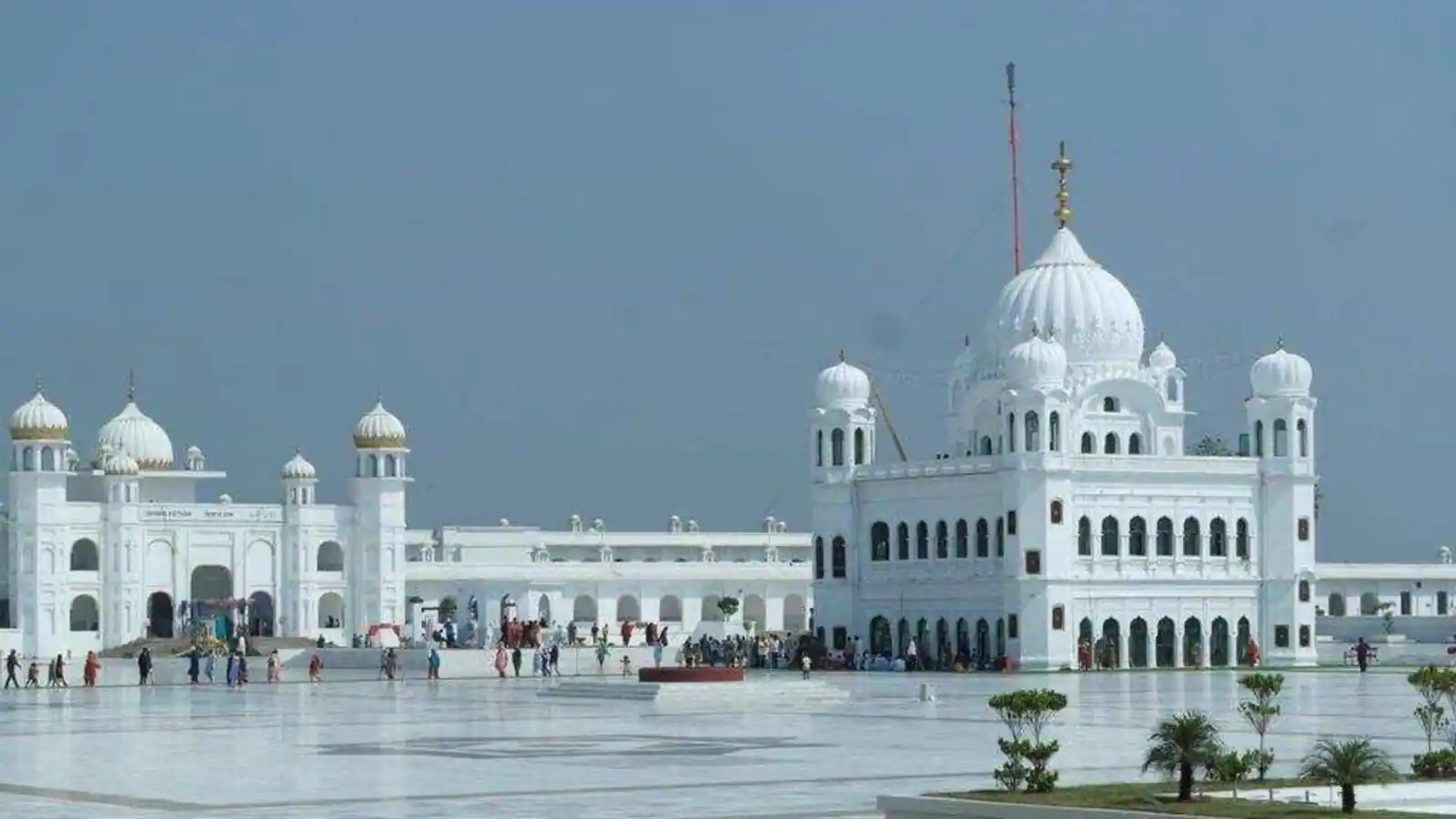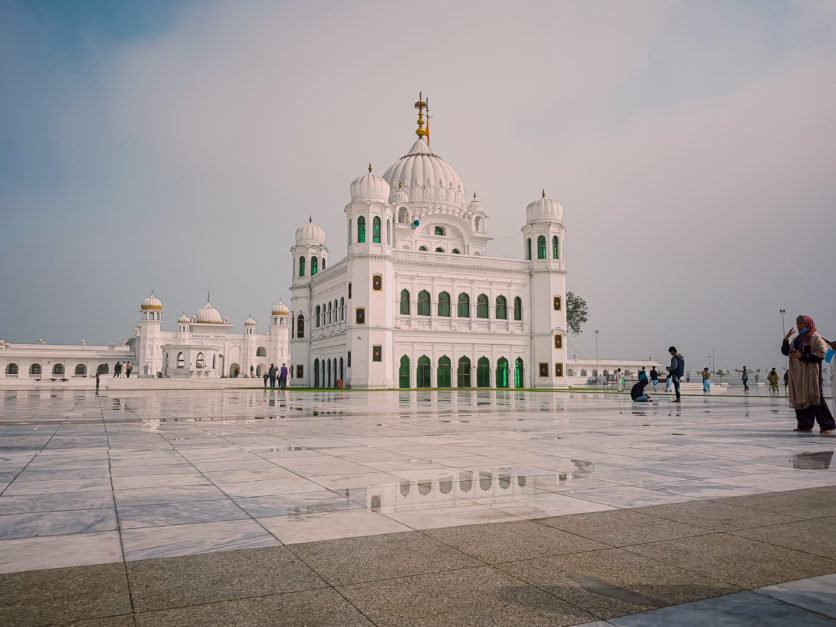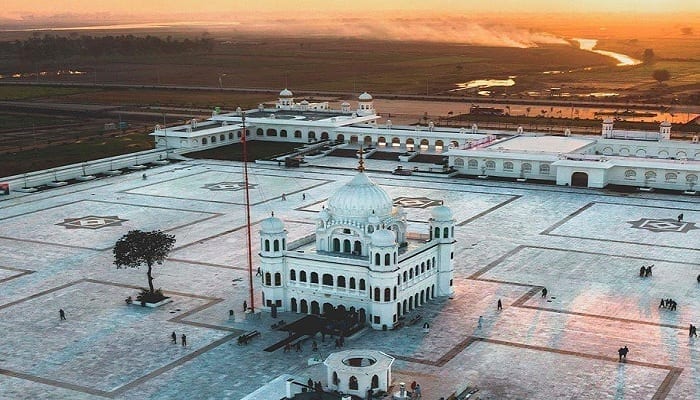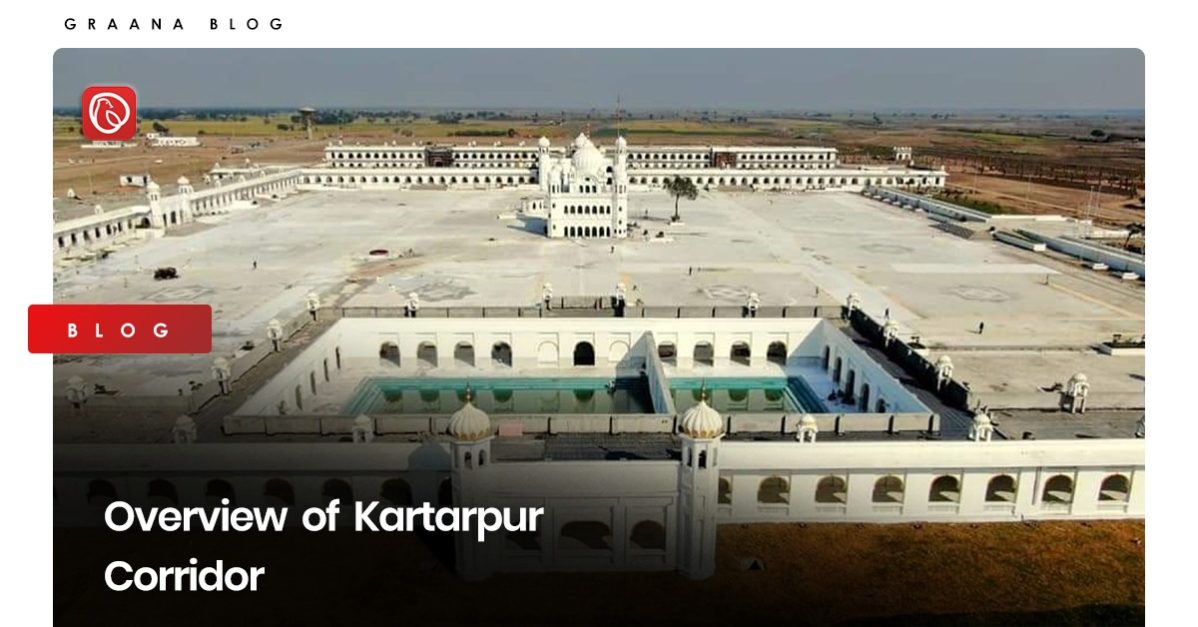The Kartarpur Corridor is a border crossing point between India and Pakistan that was inaugurated on November 9th, 2019. This corridor connects the Indian village of Dera Baba Nanak, located in the Gurdaspur region of Punjab, to the Gurdwara Darbar Sahib in Kartarpur, Pakistan.
The Gurdwara Darbar Sahib in Kartarpur, Pakistan, is the final resting place of Guru Nanak Dev, the founder of Sikhism. Graana.com brings a detailed overview of the Kartarpur Corridor.
History of Kartarpur Corridor

It is considered as one of the most famous historical places in Pakistan. The Kartarpur Corridor has a lengthy and complicated history dating back to 1947 when India was partitioned into the sovereign states of India and Pakistan. This event started the chain of events that led to the establishment of the Kartarpur Corridor.
As the ultimate resting place of Guru Nanak Dev, the founder of Sikhism, the Kartarpur in Pakistan, home to the Gurdwara Darbar Sahib, is revered by Sikhs as a holy site. Historically, Kartarpur was a part of the Sikh kingdom. Now, the town is located in Pakistan.
As a result of the partition, the Sikh community is now split along the line that separates India and Pakistan. Most historically significant Sikh sites, such as the Gurdwara Darbar Sahib, are located in Pakistan. Due to the tense relations between India and Pakistan, Sikhs from India have been prevented from visiting these shrines for several decades.
To facilitate the travel of Sikh pilgrims from India to the Gurdwara Darbar Sahib, located in Pakistan, the Kartarpur Corridor was initially conceived in the early 2000s as a potential solution. Despite this, the concept did not start to gather steam until 2018, when the governments of India and Pakistan agreed that it should be built.
In November 2018, the corridor was constructed, with India and Pakistan working on their sides of the border. The passageway was finished in under a year, and on November 9, 2019, it was presented to the public for the first time.
Because it was the first time since the partition of India and Pakistan that the two nations had agreed to allow visa-free access for their citizens to travel to the territories of each other’s country, the opening of the Kartarpur Corridor was a historic moment in the relationship between the two countries.
It was hoped that the corridor construction would pave the way for increased trust and collaboration between the two countries.
Location of Kartarpur Corridor

The Kartarpur Corridor can be found in the Punjab region, which spans the international boundary between India and Pakistan. The town of Dera Baba Nanak, located in the Gurdaspur district of Punjab, marks the beginning of the corridor on the Indian side.
In contrast, the village of Kartarpur, located in the Narowal district of Punjab, marks the beginning of the corridor on the Pakistani side. This is the Pakistani side perched on the edge of the Ravi river. Around 4.5 kilometers of distance separate the Dera Baba Nanak temple in India and the Gurdwara temple in Pakistan.
The Kartarpur Corridor is a dedicated and secure passageway constructed between the two countries to make it easier for people to travel back and forth between them. It features a bridge that spans the River Ravi and an ultra-modern passenger terminal on the Indian side of the corridor.
Overseas Citizenship of India (OCI) cardholders and citizens of India and Pakistan are exempt from the requirement of obtaining a visa to enter the Gurdwara Darbar Sahib.
Timings of Kartarpur Corridor
Subject to weather conditions and other security concerns, the Kartarpur Corridor is open every day from sunrise to dusk.
The corridor runs on the following schedule:
- The corridor is open from 9:00 a.m. to 5:00 p.m. The entrance to the corridor closes at 4:00 p.m. for Indian pilgrims. On certain Indian festivals, especially on Mondays, the corridor is closed.
- The corridor is open to visitors from Pakistan from 9:00 am to 5:00 pm, with the final admission at 4:00 pm. Fridays and a few Pakistani holidays are when the corridor is closed.
It is significant to note that the Kartarpur Corridor’s schedule is subject to change. Thus, travelers are urged to check the site’s most recent updates or consult their travel agent. Also, visitors must have their passports on them, register online, and get a permit to enter the corridor.
It is advised that visitors make travel arrangements well in advance to make sure they can secure the required permits and get to the corridor well before closure time.
How to reach Kartarpur Corridor
The following are the measures tourists traveling from India can take to get to the Kartarpur Corridor:
Get the documents that are required
If you are an Indian citizen or hold an OCI card and desire to travel through the Kartarpur Corridor, you are required to have a valid passport, and you must register online through the Government of India’s website.
Visitors are first needed to complete the registration process and then receive a permit to enter the corridor. This permit can be obtained through the Government of India.
Arrive at the designated point
the Passenger Terminal Building (PTB) at Dera Baba Nanak, located in the Gurdaspur region of Punjab, is the Passenger Terminal Building that serves as the designated point for the Kartarpur Corridor on the Indian side.
The Punjab Tourism Board (PTB) is accessible by road from neighboring cities and towns, including Amritsar, Pathankot, and Jalandhar. Nearby landmarks include the Dera Baba Nanak railway station, around 2 kilometers away, and the Amritsar International Airport, approximately 45 kilometers away.
Immigration process
Visitors must go through the PTB to complete the immigration procedures, which include having their documents checked for authenticity, undergoing a security check, and registering their biometric information. After that, visitors board a bus to the International Border, approximately three kilometers from the PTB.
Crossing of border
Visitors can then stroll across the border to the Pakistani side, where Pakistani authorities will meet them. Once they have reached the Gurdwara, they must then cross the border. After arriving there, they can board a bus to the Gurdwara Darbar Sahib, located around 4 kilometers from the international boundary.
After spending some time at the Gurdwara, visitors can follow the same method to make their way back to the Indian side of the border.
Significance of Kartarpur Corridor

The Gurdwara Darbar Sahib at Kartarpur, Pakistan, is considered to be one of the holiest shrines in the Sikh religion. The Kartarpur Corridor makes it possible for Sikhs to more easily and directly visit this shrine, which is why it is of significant religious and cultural value for Sikhs.
Millions of Sikhs from all over the world pay their respects to the Gurdwara every day since it is where Guru Nanak Dev, the founder of Sikhism, was laid to rest. The Kartarpur Corridor makes it possible for Sikhs to more easily and directly visit this shrine, which is why it is of significant religious and cultural value for Sikhs.
The Sikh community had been asking for visa-free and trouble-free access to the Gurdwara for several years before establishing the corridor, which has satisfied a demand that had existed for a long time.
A Symbol of Peace & Goodwill
The Kartarpur Corridor is particularly important because of its potential to foster peace and goodwill between India and Pakistan, two countries with a long history of competing for political power and territorial control. The corridor between the two countries was officially opened in November 2019 on the 550th birth anniversary of Guru Nanak Dev.
It is regarded as a significant development in the friendship between the two nations. Many people see the corridor as a positive step towards fostering trust and mutual comprehension between the two countries because it increases opportunities for people-to-people contact, cultural exchanges, and strengthened diplomatic ties.
Ultimately, the Kartarpur Corridor symbolises peace, togetherness, and the ability to practice any religion. It also has the potential to foster mutual respect, tolerance, and peaceful cohabitation across communities and nations.
For more informational content, visit the Graana blog.




